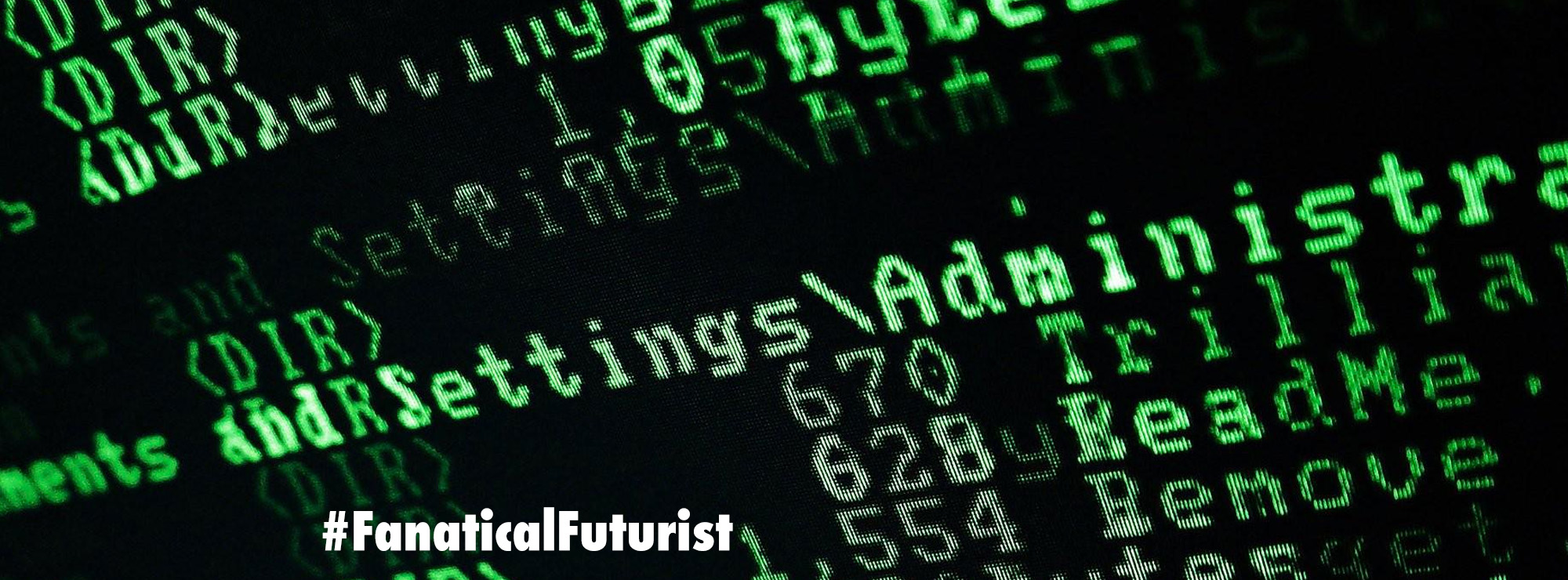WHY THIS MATTERS IN BRIEF
After numerous data breaches and leaks the UK MOD is using AI to auto classify secret and classified documents.
 Love the Exponential Future? Join our XPotential Community, future proof yourself with courses from XPotential University, read about exponential tech and trends, connect, watch a keynote, or browse my blog.
Love the Exponential Future? Join our XPotential Community, future proof yourself with courses from XPotential University, read about exponential tech and trends, connect, watch a keynote, or browse my blog.
The British military has surrendered its sensitive databases to Artificial Intelligence (AI) to prevent leaks like the Afghan data breach. After major data protection failings put thousands of lives at risk, the Ministry of Defence has turned to technology to reduce the likelihood of human error leading to leaks.
The department has enlisted the help of Castlepoint Systems, an Australian software company that has developed advanced AI to comb through government documents and spreadsheets in search of important information.
The tool automatically classifies the files after analysing the nature of their content, attaching a security tag that can prevent it from being emailed or even printed. This labelling minimises the risk of MoD staff making mistakes when they process large and complex datasets, according to Rachael Greaves, Castlepoint’s chief executive.
The Times revealed last month that a soldier at Regent’s Park Barracks was responsible for a mammoth data leak in 2022 that was feared to have put 100,000 people in danger.
The soldier was part of a unit handling relocation applications from Afghans fleeing the Taliban and seeking safety in the UK. They sent a spreadsheet which they believed contained a small number of applicants’ names to trusted Afghan contacts.
They did not realise that hidden data in the document in fact held names, contact details and information about the family members and associates of thousands of people. About 100 British officials, including SAS troops and MI6 spies, were also exposed.
The leak was one of 49 separate MoD data breaches in the past four years, only four of which were already publicly known.
Greaves, whose firm also holds contracts with government departments in Australia and New Zealand, said that her company’s technology is capable of scouring vast datasets in seconds to identify any hidden sensitive information. She told The Times that security labelling is mandatory at most major organisations but is typically done manually.
Many organisations already have “rudimentary” tools which automatically detect “simple facets” like personal information, credit card numbers or names, for example. These are flagged up as potential reasons to mark documents “secret” or “sensitive”.
However, “that doesn’t cover the breadth of complexity of classification,” Greaves said. “I need to know if this stuff talks about ammonium nitrate [a key ingredient in explosives], or physical guard posts on a perimeter, or about harassment or abuse in defence.
“There are lots of things that would lead us to make a certain classification decision that aren’t easily patterned in an algorithm like that. They have to be interpreted through proper, full content and context classification.”
Greaves said that the AI being embedded in MoD computers is not based on machine learning because that is harder to adapt to the fast-changing nature of the intelligence landscape. It also does not explain to users why something has been classified.
“You would have to find maybe 200, 500, 1,000 good examples of [classified events] to train it on. And curating that data is really hard to do accurately,” she said. “You have to supervise it and say, ‘yes you got that right.’ And then the training is just a point in time. So getting up to scratch is a huge investment of energy.”
Instead, Castlepoint does not train its AI on existing data but on “rules” grounded in real-world intelligence.
“We know that anything to do with ammonium nitrate in this particular context is super sensitive,” Greaves explained. “So we’re going to teach the AI what ammonium nitrate is. What does that look like? What would that sound like and feel like in the network?”
This gives the AI the benefit of being “explainable”, as it can point users to the reason it arrived at a specific security classification and effectively “shows its working”. Humans can then review the decision and decide whether to override it.
If a document is labelled as sensitive, the classification is “baked into the binary of the file itself”. Existing Data Loss Protection [DLP] controls in the MoD’s network can then restrict it from being shared electronically.
“Even if you put it on a USB and sneak it out of the network that way, that label will stay attached to that document and some of the DLP controls will still apply,” Greaves said. “Maybe you still can’t even send it to a printer, for example.”
Some experts have raised concerns about security risks with adopting AI. A National Cyber Security Centre report this year warned organisations against rushing AI deployments because of the increased attack surface these systems present.
Pia Huesch, a research fellow in cyber, technology and national security at the Royal United Services Institute, said: “Hiring an AI company with credentials from other Five Eyes partners sends a signal to the public and partners that the MoD is taking enhanced data security seriously.”
The Five Eyes is an intelligence alliance comprising Australia, Canada, New Zealand, the United Kingdom, and the United States.
“However, AI is not a silver bullet for UK public services. Yes, technical solutions such as AI enabled warnings to users can enhance data security and users’ awareness. Yet no AI technology will provide perfect data security, Huesch added.
She said that humans “remain the weakest link in data and cyber security, especially in moments of high operational pressures” and that new technologies would not remove this risk.
“Instead, without a full understanding of AI supply chains and cyber security implications, there remains the risk that rolling out AI technologies provides new attack surfaces for the adversary.”
An MoD spokesman said: “AI has the potential to transform every aspect of our armed forces, and it is essential that we embrace these technologies to maintain our world leading defence capabilities. We are committed to developing and adopting AI technologies safely and responsibly, and continue to expand our AI capabilities, in line with these objectives.
“We have introduced new secure software and upgraded the data training offer to staff to strengthen data protection across the department.”














